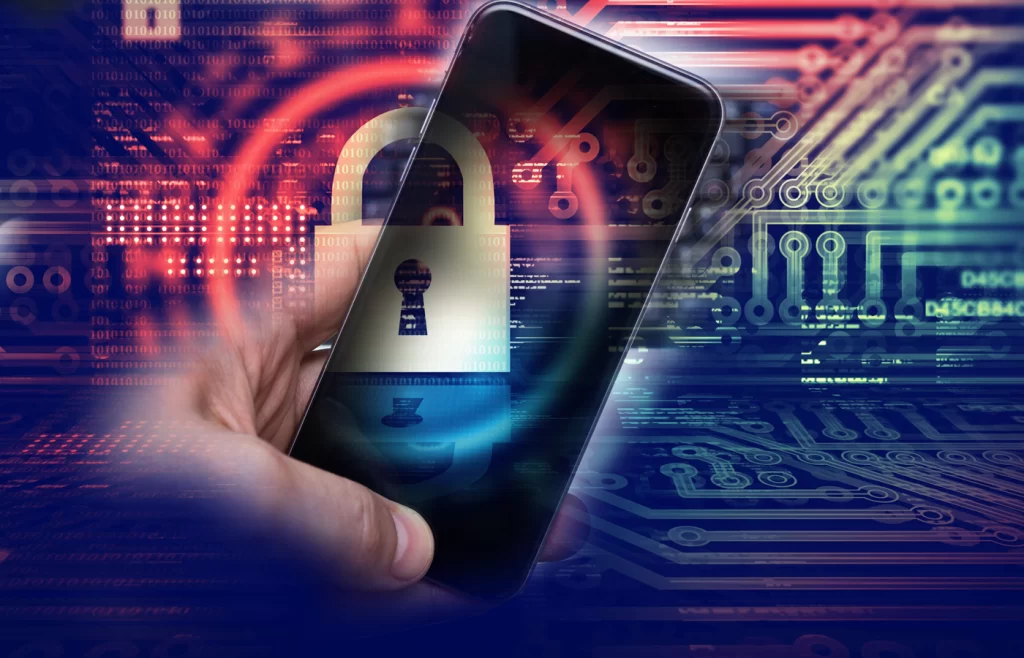Phone phreaking, an underground movement from the late 20th century, encapsulates the story of audacious innovators who pushed the boundaries of technology and challenged the status quo. Emerging in the phreaking began as a subculture fascinated with the inner workings of telephone systems. These individuals, often young and technically gifted, exploited the vulnerabilities in the analog telephone network to make free long-distance calls and understand the intricacies of telecommunication technology. Central to this movement were key figures like John Draper, known as Captain Crunch, who discovered that a toy whistle from a cereal box could produce a 2600 Hz tone, allowing him to manipulate the telephone system. Draper’s discovery was a crucial breakthrough, revealing how telecommunications infrastructure could be hacked with relatively simple tools. The phreakers, driven by a mix of curiosity, rebellion, and technical prowess, used various techniques to explore and manipulate the telephone network.

They employed methods such as blue boxing, which involved using devices to replicate the tones and signals used by telephone switching systems. This allowed them to bypass the traditional billing system, enabling free calls. Another notable figure was Kevin Mitnick, who later became infamous for his exploits in computer hacking. Mitnick’s early involvement in phreaking laid the foundation for his subsequent ventures into the world of computer security and hacking. His skills in social engineering and telephone manipulation showcased the potential for exploiting systems beyond the telephone network. The phreaking community also included individuals like Frank Jones, who created the black box, a device that could manipulate the telephone network to prevent calls from being billed. These innovators often operated in secrecy, communicating through underground networks and publications, such as the 2600: The Hacker Quarterly, which became a critical platform for sharing knowledge and techniques among phreakers. The ethos of the phreaking community was deeply rooted in a belief in freedom and access to information. Phreakers saw themselves as pioneers who uncovered hidden aspects of technology and fought against corporate control over communication systems.
As technology evolved, so did the history of phone phreaking. The advent of digital telecommunication systems posed new challenges and opportunities. Phreakers adapted their techniques to exploit emerging technologies, such as cellular networks, and continued to push the boundaries of what was possible. Despite legal crackdowns and increased security measures, the legacy of phone phreaking is evident in the ongoing tradition of hacking and cybersecurity. The skills and techniques developed by phreakers laid the groundwork for modern hacking practices and the broader field of cybersecurity. In summary, phone phreaking was more than just a subversive activity; it was a pioneering movement that highlighted the intersection of technology, innovation, and rebellion. The individuals involved in phreaking were instrumental in shaping our understanding of telecommunication systems and laid the groundwork for future technological exploration. Their stories are a testament to the creativity and audacity required to push the boundaries of technology, revealing both the vulnerabilities of systems and the potential for innovation.